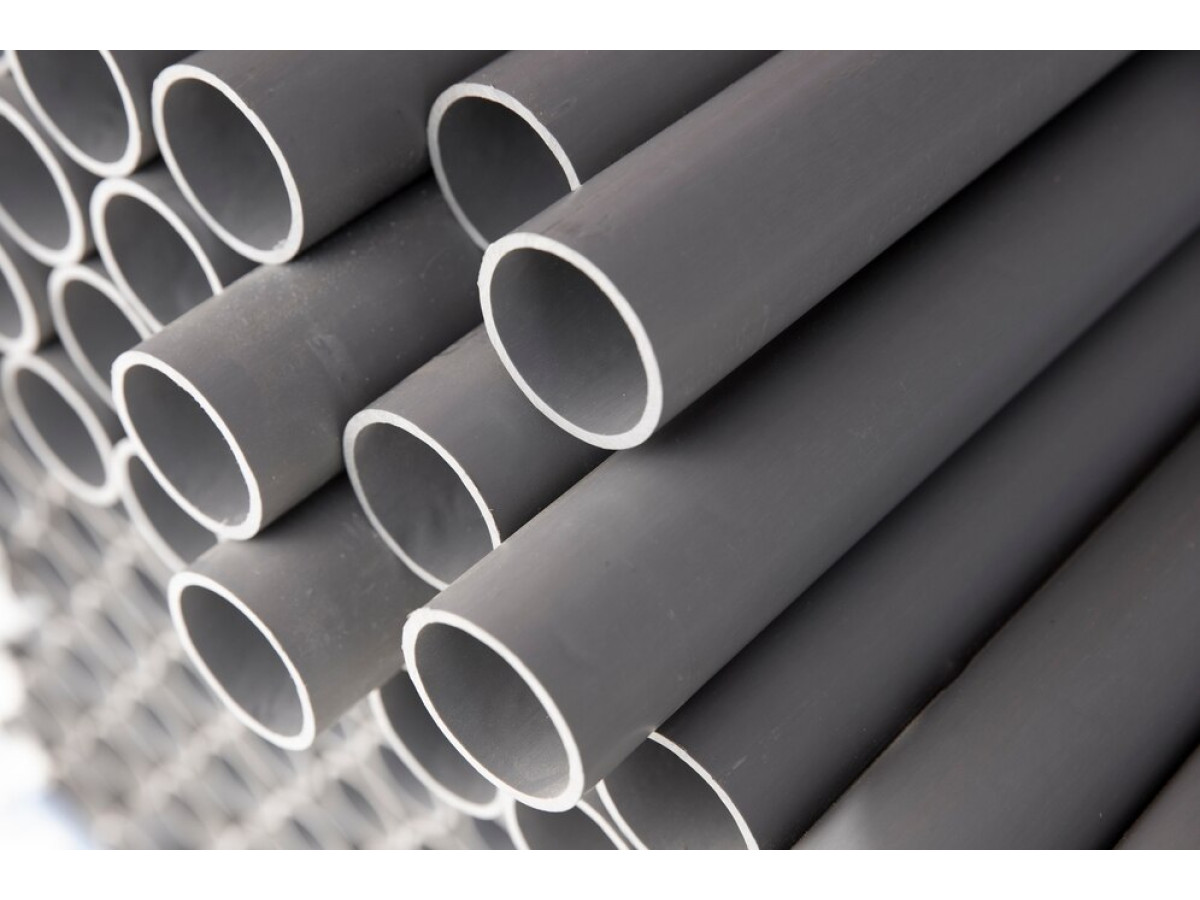Stainless steel seamless pipe is one of the key elements in the industry, which has found its wide application due to its reliability, durability and corrosion resistance. In this article we will look at the main characteristics, advantages and methods of choosing a stainless seamless pipe.
Types of stainless steel seamless pipes
There are several types of stainless steel seamless pipes on the market, each with its own unique characteristics and applications. Here are some of the most common types of stainless steel seamless pipes:
- AISI 304 and AISI 304L: These types of stainless steels are widely used due to their corrosion resistance and good weldability characteristics. AISI 304L has a lower carbon content, making it more suitable for welding.
- AISI 316 and AISI 316L: These steels contain the addition of molybdenum, which provides them with increased resistance to chloride corrosion, especially in salt water, sea water and aggressive chemical environments.
- AISI 321: This type of stainless steel contains titanium, making it resistant to intergranular corrosion at temperatures ranging from 425°C to 815°C.
- AISI 2304: This is a duplex stainless steel that combines good mechanical properties with high corrosion resistance, making it suitable for aggressive environments.
- AISI 904L: This type of stainless steel offers increased resistance to corrosion in a wide range of conditions, including chloride environments and saline environments.
The selection of the appropriate type of stainless steel seamless pipe depends on the specific operating conditions, requirements for mechanical properties, chemical resistance and other factors. When choosing, you should take into account environmental parameters, temperature conditions, as well as budgetary restrictions.
Advantages of Stainless Seamless Pipe
Stainless steel seamless pipe has a number of significant advantages that make it a popular choice for a variety of applications. Here are some of the main advantages of stainless seamless pipe:
- High Corrosion Resistance: Stainless steel is known for its high corrosion resistance, which ensures long pipe life even in harsh environments such as chemicals, brines, sea water and even high temperatures.
- Excellent mechanical properties: Stainless steel seamless pipe has high strength and resistance to various mechanical loads, which makes it a reliable and durable material for pipelines.
- Smooth Inner Surface: Seamless pipes feature a smooth inner surface, which helps transport liquids, gases and other media through pipelines more efficiently and reduces the likelihood of deposits and blockages.
- Good processing and welding ability: Stainless steel seamless pipe is easy to process, bend and weld, allowing you to create a variety of designs and customized piping designs.
- Aesthetic appearance: Stainless steel has a shiny and aesthetic appearance, which allows it to be used not only as a functional element, but also as a design element, especially in architectural and decorative applications.
These advantages make stainless steel seamless pipe an attractive choice for a variety of industries, including the chemical industry, food processing, medicine, energy, construction and other fields.
How to choose a suitable stainless steel seamless pipe?
When selecting the appropriate stainless seamless pipe, there are several key factors to consider based on the requirements of your specific project or application. Here are some important aspects to consider when choosing stainless seamless pipe:
- Material: Stainless steel can be of various grades and grades, each of which is suitable for specific operating conditions. Select the pipe material depending on the requirements for corrosion resistance, mechanical properties, temperature conditions and other parameters.
- Diameter and Wall Thickness: Determine the required diameter and wall thickness of the pipe according to the volume of material being transported, system pressure, transportation conditions and other factors. These parameters directly affect the strength and reliability of the pipeline.
- Standards and Specifications: Ensure that the selected stainless seamless pipe meets the necessary standards and specifications such as ASTM, ASME, DIN and others to ensure quality and compliance with project requirements.
By keeping these aspects in mind, it is possible to select the appropriate stainless seamless pipe that best suits the needs and requirements of a particular project or application. If you have specific requirements or questions, it is recommended to consult with materials and engineering professionals for more precise recommendations!

